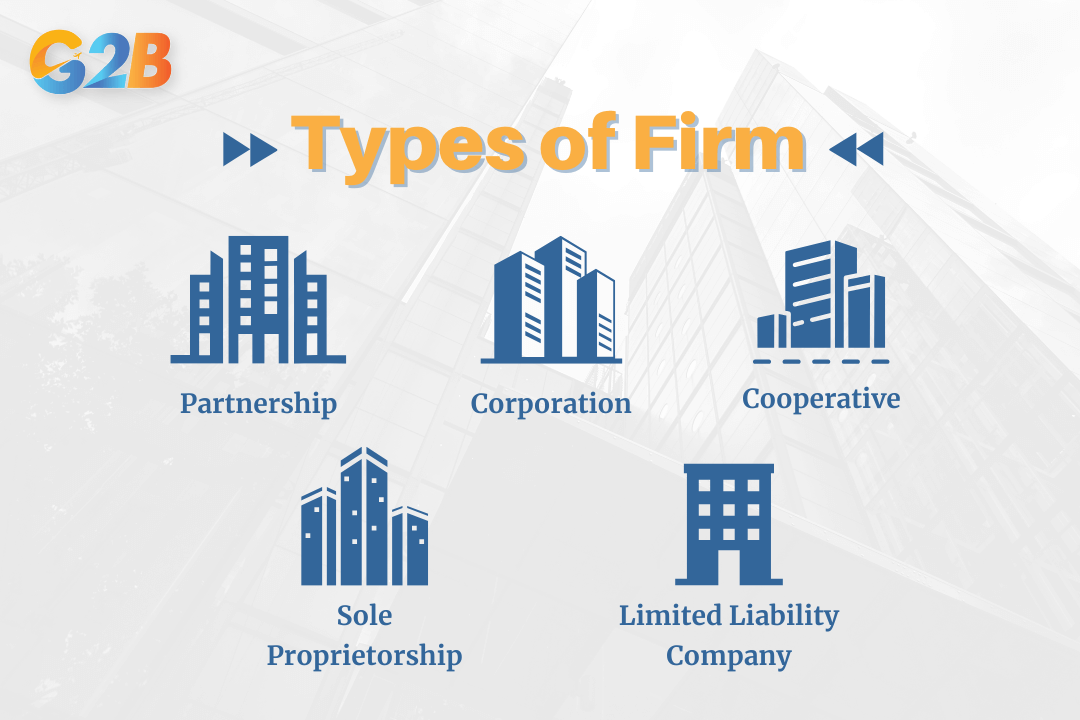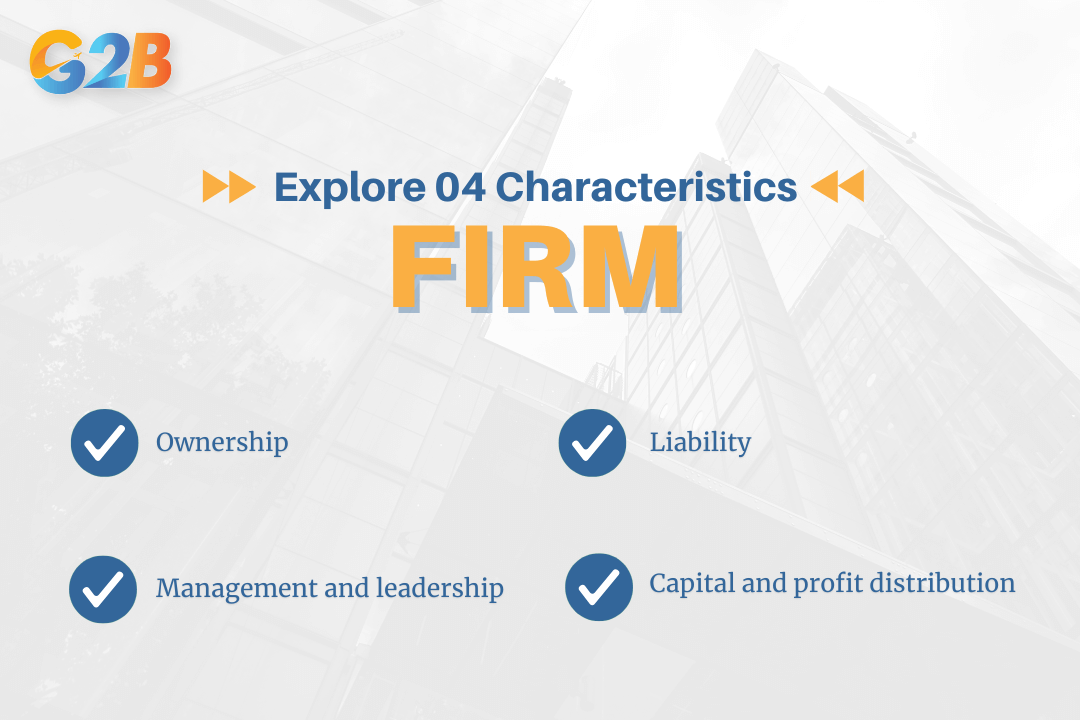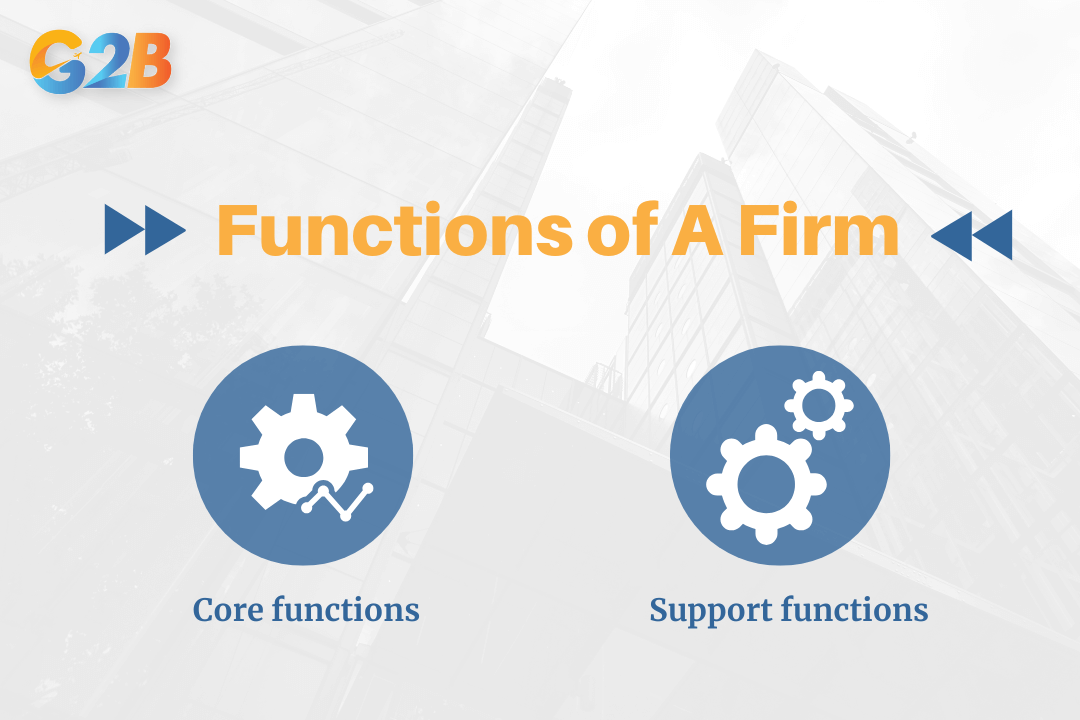A firm is a specific type of business organization, and understanding its nuances is crucial for any entrepreneur or professional. Whether small family-owned businesses or multinational corporations, firms operate with distinct structures, objectives, and roles that determine their impact on society and the economy. This article explores the definition of firms, their classifications, core attributes, and essential functions to offer a comprehensive overview for entrepreneurs, investors, and business professionals.
What is a firm?
A firm is a for-profit business organization that provides professional services. While it can take various legal forms, including corporations, LLCs, sole proprietorships, and partnerships, the term is traditionally associated with partnerships, such as those in the legal, accounting, consulting, architectural, and engineering fields. This association stems from the idea that a firm is built on the collective expertise and reputation of its principals or partners. Though often used interchangeably, the words "firm" and "company" carry different connotations. A company is a broader term for any business that sells goods or services, whereas a firm typically refers to an entity providing specialized professional services.
Difference between firm and company
While "firm" and "company" are often used as synonyms in casual conversation, they have distinct meanings in business and legal contexts. Clarifying these differences is essential for accurate communication and a deeper understanding of business structures.
| Feature | Firm | Company |
|---|---|---|
| Primary association | Traditionally linked with partnerships that deliver professional services, such as law firms, accounting firms, and consulting firms. | A more general term for any business entity that engages in commercial activities by selling goods or services to generate profit. |
| Legal structure | Frequently structured as a Partnership, Limited Liability Partnership (LLP), or Sole Proprietorship. | Most commonly associated with Corporations (Inc., Ltd.) but can also be structured as a Limited Liability Company (LLC) or other legal forms. |
| Liability | Liability can be unlimited for the owners, particularly in a general partnership, meaning personal assets are at risk. LLPs offer a layer of liability protection for partners. | Owners (shareholders) typically benefit from limited liability, which protects their personal assets from being used to satisfy company debts. |
| Etymology & focus | Derived from the Italian word "firma," which means signature. This implies the business is founded on the personal reputation, expertise, and endorsement of its owners. | Originates from the Latin word "companio," meaning "one who eats bread with you." This suggests a collective of individuals working together toward a common business goal. |
Types of firm
Choosing a legal structure is one of the most critical decisions an entrepreneur will make, as it directly impacts owner liability, taxation, and administrative requirements. A firm can be organized under several different structures, each with unique advantages and disadvantages.

A firm can be organized under several different structures
- Sole Proprietorship: This is the simplest business structure, owned and run by a single individual. There is no legal distinction between the owner and the business. A key characteristic is that the owner has unlimited personal liability for the business's debts and obligations, meaning personal assets are at risk.
- Partnership: A partnership is a business owned by two or more individuals. The primary types include:
- General Partnerships (GP): All partners typically share in management and are personally liable for the business's debts.
- Limited Partnerships (LP): This structure includes at least one general partner with unlimited liability and one or more limited partners whose liability is limited to their investment in the company.
- Limited Liability Partnerships (LLP): In an LLP, partners are generally protected from personal liability for the negligent acts of other partners, a common choice for professional firms like law and accounting practices.
- Corporation (C Corp & S Corp): A corporation is a legally separate entity from its owners (shareholders), providing the strongest protection against personal liability. Key distinctions include:
- C Corporations are taxed on their profits directly. If dividends are distributed to shareholders, those are taxed again on the shareholders' personal returns, a phenomenon known as "double taxation."
- S Corporations are designed to avoid double taxation by allowing profits and losses to be passed directly through to the owners' personal income without being taxed at the corporate level.
- Limited Liability Company (LLC): An LLC is a hybrid structure that combines the liability protection of a corporation with the tax efficiencies and operational flexibility of a partnership or sole proprietorship. It is a popular choice for small businesses due to its adaptability. The specific legal requirements to establish one differ by country, so understanding the nuances of company formation in Vietnam would be essential for anyone looking to set up an LLC in that market.
- Cooperative: A cooperative is a business owned and operated for the benefit of its members. Profits and earnings are distributed among the members, who have democratic control over the organization, typically with a "one member, one vote" rule.
Core characteristics of a firm
Regardless of its specific legal structure, every firm is defined by a set of fundamental characteristics that govern its existence and operation. These core traits provide a framework for understanding how a firm functions as an economic entity.

Every firm is defined by a set of fundamental characteristics that govern its existence and operation
- Ownership: A firm is owned by one or more individuals or other entities. The structure of this ownership, whether it's a single proprietor, a group of partners, or shareholders, is defined by its legal formation and determines who has a claim on the firm's assets and profits.
- Liability: This characteristic defines the extent to which owners are personally responsible for the firm's debts and legal obligations. Liability can range from unlimited personal liability in sole proprietorships and general partnerships to limited liability in LLCs and corporations, where personal assets are protected.
- Management and leadership: To function effectively, a firm requires a management structure responsible for making strategic and operational decisions. This can range from a single owner-operator to a formal board of directors and executive officers who guide the firm toward its goals.
- Capital and profit distribution: A firm requires capital to start and sustain its operations, which is provided by its owners through investments or retained earnings. The manner in which profits and losses are distributed among the owners is dictated by the firm's legal structure and any governing agreements, such as a partnership agreement or corporate bylaws.
Functions of a firm
To achieve its objectives, a firm must perform several essential functions. These activities can be broadly categorized into core functions, which are central to its primary business purpose, and support functions, which enable the core functions to operate efficiently.

A firm must perform several essential functions
Core functions
- Operations: This function involves the processes used to produce and deliver the firm's goods or services. It is responsible for transforming inputs, such as labor, capital, and raw materials, into outputs for customers.
- Marketing and sales: This encompasses all activities related to promoting and selling the firm's products or services. It includes market research, advertising, brand management, and direct sales efforts to attract and retain customers.
- Finance: The finance function manages the firm's monetary resources. This includes budgeting, financial planning, securing funding, and analyzing financial performance to ensure the firm remains solvent and profitable.
Support functions
- Human resources: This department is responsible for managing the firm's workforce. Key activities include recruiting, hiring, training, compensation, and ensuring compliance with labor laws.
- Strategy: The strategic function involves setting long-term goals and determining how the firm will achieve them. It includes analyzing the competitive environment, identifying opportunities and threats, and making high-level decisions about the firm's direction.
While the term "firm" is often used broadly, it most accurately refers to a business, typically structured as a partnership, that is built on the specialized expertise of its owners to provide professional services. Understanding the distinctions between a firm and a company, as well as the different legal structures a firm can adopt, is fundamental for any business professional. The success of any firm is ultimately determined by how well its core characteristics, ownership, liability, and management are defined and how effectively its key functions in operations, finance, and marketing work in unison.


 Delaware (USA)
Delaware (USA)  Vietnam
Vietnam  Singapore
Singapore  Hong Kong
Hong Kong  United Kingdom
United Kingdom 
